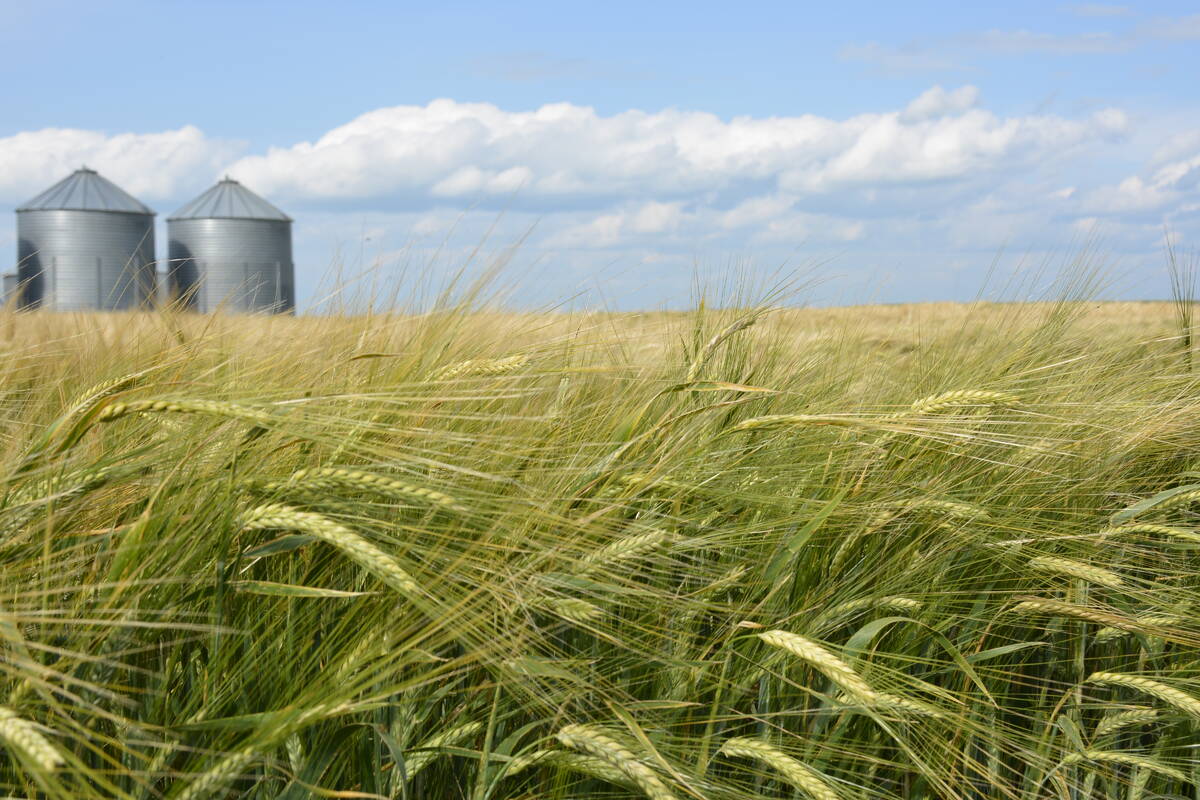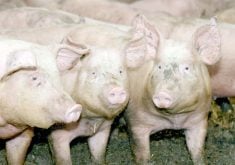HALIFAX, Nova Scotia – More than 15 years after the contentious idea first was debated, Canadian dairy farmers appear to be on the road to creating a national dairy pool.
In a private session during last week’s Dairy Farmers of Canada annual general meeting, delegates agreed to begin negotiating the details of a national pool arrangement that would end the need for separate pools in Western Canada, Eastern Canada and Newfoundland – the P4, P5 and Newfoundland.
DFC hopes to have a proposal to present at the February 2011policy conference in Ottawa. Once a decision is made, details of the national deal will be developed.
Read Also

StatCan stands by its model-based crop forecast
Statistics Canada’s model-based production estimates are under scrutiny, but agency says it is confident in the results.
“This would be a deal that is about sharing markets and revenues,” DFC president Jacques Laforge said July 14.
“The main thing is that it will give us a streamlined system for making decisions. Now, with two pools and many different layers, it can take three to four months for a decision to be made. We hope this would simplify it and allow decisions within a month.”
The revenue-sharing part of it would have little impact on existing revenue streams in the regional pools.
He said the regional pools have led to regional friction over promotion programs and decisions about product treatment.
“If this goes through, there will be one market and producers will be sitting around one table considering the domestic market as a whole and what is good for it,” said Laforge.
While national pooling was first discussed after the conclusion of the last World Trade Organization deal in 1994 that ended volume-based import quotas for protected supply managed sectors, there were too many regional and provincial sensitivities to make it work.
The dairy supply management system was developed provincially and table milk markets still are considered provincial.
Industrial rules for milk used to create processed dairy products are more complicated as products cross provincial borders and promotional decisions in one province can affect inter-provincial competition and have an impact on the industry in other provinces or pools.
Laforge said he hopes the move toward a national pool will end rivalries and complicated decision-making that now can make the national dairy system cumbersome.
SUPPLY MANAGEMENT
Supply management is based on three principles:
• Production management
Canadian dairy producers plan production to meet consumer demand for milk and dairy products. This planning ensures stable prices domestically.
Canada’s dairy producers operate under a quota. There are no exports.
Countries without production controls export surpluses, which may trigger lower prices worldwide, forcing many governments to compensate farmers.
• Predictable imports
Producers must know the level of imported dairy products to plan their production to meet domestic needs without creating a surplus. A predetermined number of dairy products are imported tariff-free every year. A higher tariff applies to any product above that level.
• Pricing mechanism
Producers receive prices that guarantee reasonable returns from their production.
Canadian producers collectively negotiate prices for their milk and these prices are regulated by provincial milk boards to enable farmers to cover production costs.
Source: Dairy Farmers of Canada
















